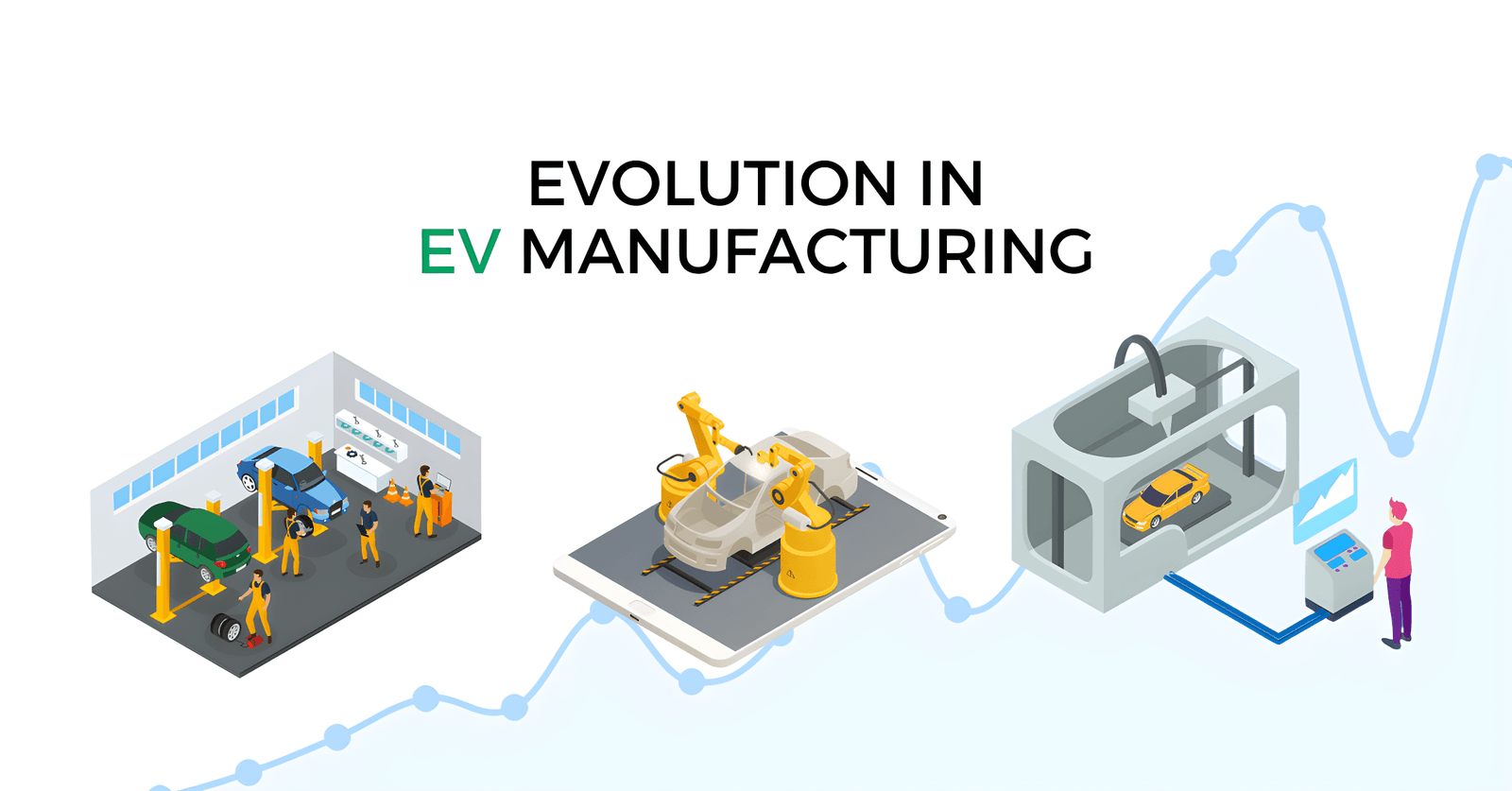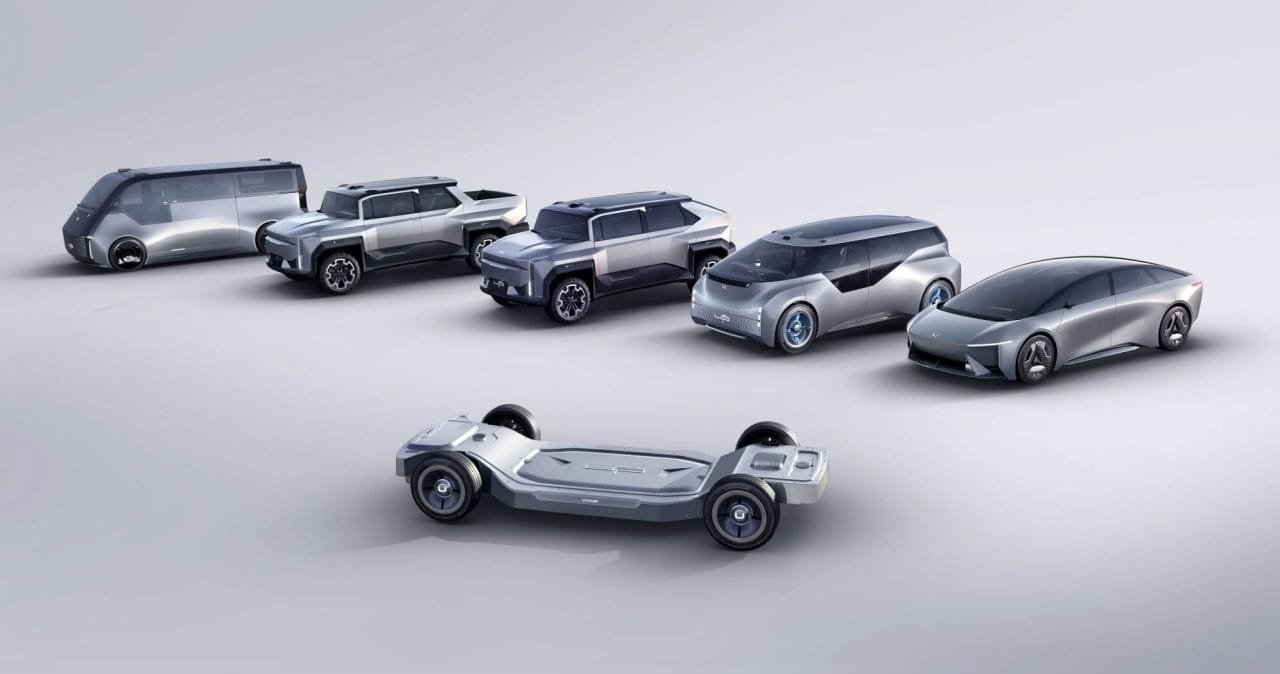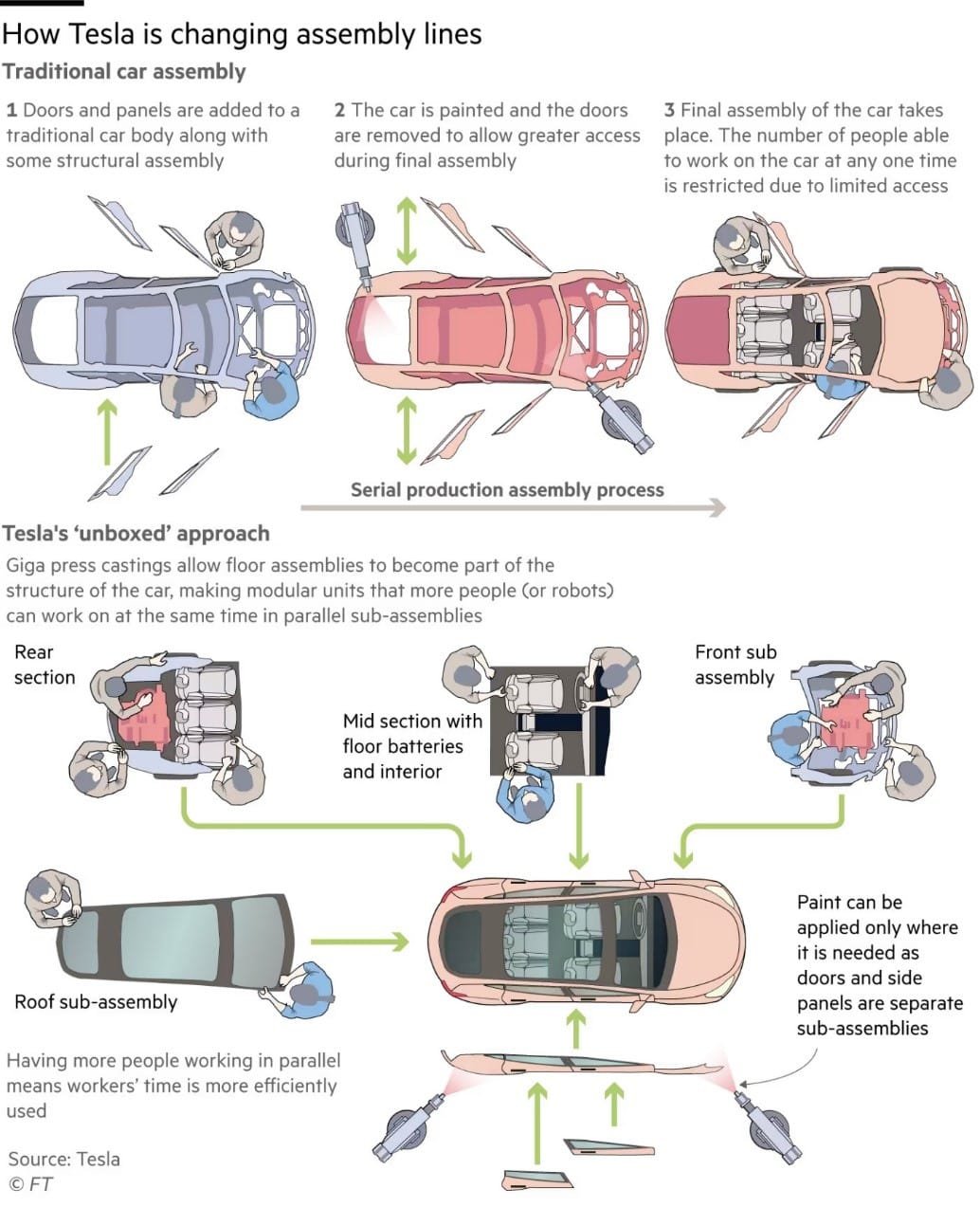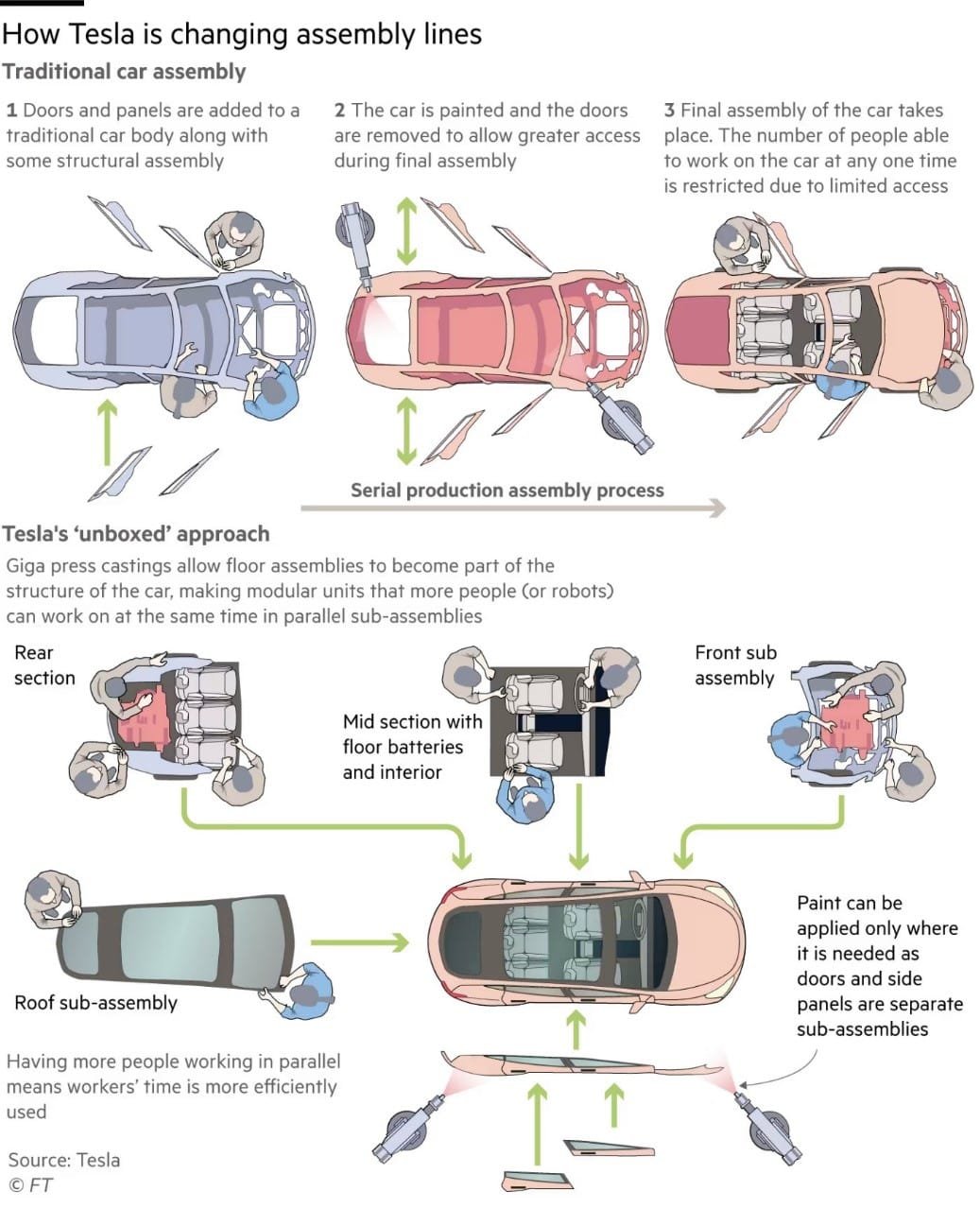
Car manufacturing has come a long way since Henry Ford’s revolutionary ideas of the “Moving Assembly Line” and “Interchangeability of Parts.” Over the past 120 years, while the core principles of car production have remained largely the same, new technologies and materials have continuously reshaped the industry. Today, the rise of electric vehicles (EVs) and advanced technologies like 3D printing, new materials, modular designs, and unibody casting are driving significant changes in how cars are made.
#1. The Role of 3D Printing in Modern Car Manufacturing
3D printing, also known as additive manufacturing, has evolved from a niche technology into a major force in automotive production. Initially invented in the 1980s, 3D printing has only recently started to make a substantial impact on the automotive industry. By 2023, the global 3D printing market is expected to reach $27.7 billion, growing at a rate of 21% annually until 2033, when it could be worth $186.4 billion.
One of the most exciting developments in 3D printing is its use in designing and manufacturing car parts. Traditionally, creating prototypes and testing designs was a time-consuming and costly process. 3D printing has changed that by allowing manufacturers to quickly produce and test parts at a fraction of the cost. For instance, the Strati, the world’s first 3D-printed electric car, was produced by Local Motors in 2014. The car’s body was printed in just 44 hours, significantly reducing the number of parts from approximately 30,000 in a conventional car to just 50.
3D printing is not only useful for prototyping but also for customization and rapid tooling. It enables manufacturers to create unique parts tailored to specific needs or preferences, streamlining the production process and reducing lead times. As 3D printing technology continues to advance, it will play an increasingly important role in automotive manufacturing, enhancing efficiency and driving innovation.
#2. Advanced Materials: Lightweight and Strong
The search for new materials to improve vehicle performance and safety has been a constant in the automotive industry. One of the primary goals is to reduce vehicle weight to improve fuel efficiency and extend the range of electric vehicles. New-age composite materials are now at the forefront of this effort.
Historically, Henry Ford’s use of vanadium steel in the Model T was a major leap forward, providing a stronger and lighter alternative to traditional steel. Today, manufacturers are exploring materials like aluminum alloys, carbon composites, and magnesium to achieve similar benefits. These materials are lighter than steel, which helps reduce the overall weight of the vehicle, leading to better fuel efficiency and longer battery life for EVs.
For example, BASF has collaborated with Magna and Ford to develop a carbon-fiber composite grill opening reinforcement for the 2016 Ford Shelby GT350 Mustang. This part reduced the vehicle’s weight by 24% compared to traditional metal components. Other innovative materials include SABIC’s fiber-reinforced thermoplastic composite bulkhead, which offers a 35% mass reduction compared to conventional metals, and DSM Engineering Plastics’ EcoPaXX PA 410, a bio-based polyamide used in Volkswagen’s engines.
These advanced materials are not just about reducing weight; they also improve vehicle safety, performance, and recyclability. For instance, carbon composites are used in high-performance vehicles for their strength and lightweight properties, while natural fiber-reinforced composites are being used to make parts like armrests and storage bins more sustainable.
#3. Modular Designs for Electric Vehicles
The shift from internal combustion engine vehicles (ICEVs) to electric vehicles (EVs) is transforming car manufacturing. Traditional ICEVs are built around complex powertrains and systems, but EVs offer the opportunity for modular, more streamlined designs. One of the most innovative concepts in this area is the “skateboard” chassis.

Developed by companies like REE Automotive, the skateboard chassis is a modular platform that integrates all the essential vehicle components—such as the powertrain, suspension, and steering—into a single unit. This platform can be used to build a variety of vehicle types, from cars to trucks, by simply adding different body designs on top. The REEcorner module, for example, combines these components into a compact wheel unit, allowing manufacturers to create flexible and scalable EV platforms.
This modular approach offers several advantages. It simplifies the production process by standardizing the base platform, reduces costs, and allows for quicker adjustments to meet different market demands. As the EV market continues to grow, modular designs like the skateboard chassis will become increasingly important in meeting the diverse needs of consumers and businesses.
#4. Unibody Casting: Streamlining Production
Another major change in car manufacturing is the adoption of unibody casting, a process that simplifies the creation of vehicle bodies. Tesla has been at the forefront of this innovation with its use of large-scale die-casting machines, known as Giga Presses. These machines can produce large, complex parts in a single piece, which significantly reduces the number of steps and components required in the manufacturing process.

Tesla’s Giga Presses, with capacities ranging from 6,000 to 12,000 tons, are used to cast large sections of the car’s body in one go. For example, the Model Y’s rear end and front end are both produced using these presses. By eliminating many intermediate processes, such as stamping, welding, and assembling smaller parts, unibody casting makes production faster, more cost-effective, and less prone to errors.

This technology is inspired by the die-casting methods used in toy manufacturing, where small, precise parts are made from molten metal. Tesla’s use of Giga Presses represents a significant leap forward, potentially reducing production time by 25% and cutting down on downtime. As this technology becomes more widespread, it could revolutionize car manufacturing by making the production process more efficient and less complex.
#5. Advanced Driver Assistance Systems (ADAS)
Advanced Driver Assistance Systems (ADAS) are another area of rapid development in the automotive industry. These systems enhance vehicle safety and functionality by providing features like adaptive cruise control, lane-keeping assistance, and automatic emergency braking. As the industry moves towards fully autonomous vehicles, ADAS technology will become even more advanced.

ADAS systems are already a significant part of both ICEVs and EVs, but future developments will require new manufacturing processes. As cars become smarter and more autonomous, manufacturers will need to integrate complex electronics and sensors into their vehicles. This will involve advancements in connectivity, control systems, and software, which will impact how cars are designed and built.
The shift towards Connected and Autonomous Electric Vehicles (CAEVs) represents a major change in automotive manufacturing. These vehicles will need to process vast amounts of data in real-time to make decisions and navigate roads safely. This requires a new level of manufacturing precision and integration, which will challenge traditional production methods.
Looking Ahead: The Future of Car Manufacturing
As the automotive industry continues to evolve, the shift from traditional ICEVs to electric and autonomous vehicles is driving significant changes in manufacturing processes. New technologies like 3D printing, advanced materials, modular designs, and unibody casting are transforming how cars are designed, produced, and delivered to consumers.
The rise of electric vehicles and the push towards autonomous driving are reshaping the automotive landscape, creating both opportunities and challenges for manufacturers. Companies that can adapt to these changes and embrace new technologies will be well-positioned to thrive in the evolving market.
The future of car manufacturing will be defined by innovation, efficiency, and sustainability. As we move forward, it will be exciting to see how these advancements shape the next generation of vehicles and redefine what is possible in automotive design and production. The industry is on the brink of a new era, and the changes happening today will set the stage for the future of transportation.
Read More: Evolution of Electric Vehicles And How EVs Changed Car Service and Repair Sector


